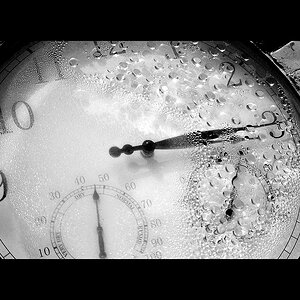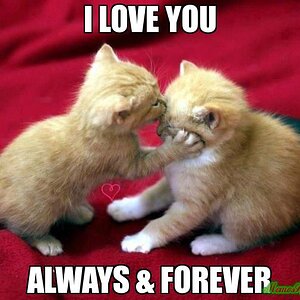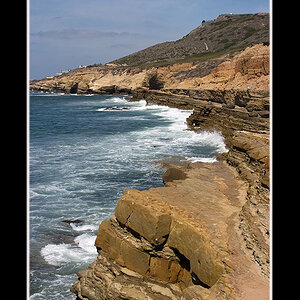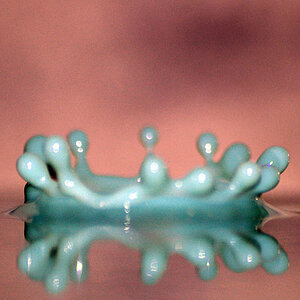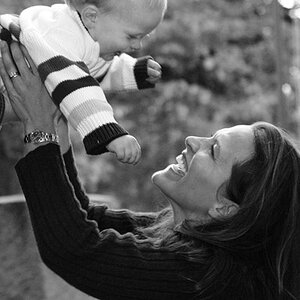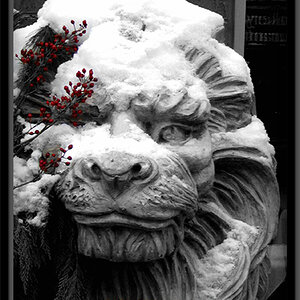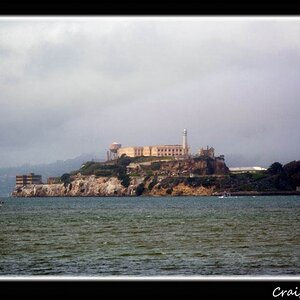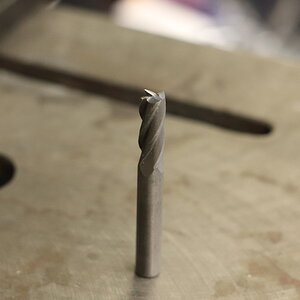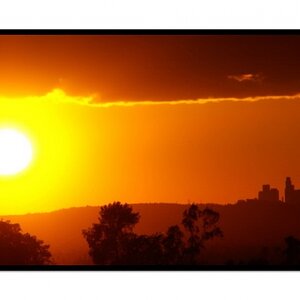syphlix
TPF Noob!
- Joined
- Jul 23, 2009
- Messages
- 687
- Reaction score
- 1
- Location
- NYC
- Website
- www.gregorytran.com
- Can others edit my Photos
- Photos OK to edit
why do ppl love these things? what do they do that a canon or nikon can't do?
and why do they cost so much more than normal dslr's?
and why do they cost so much more than normal dslr's?


